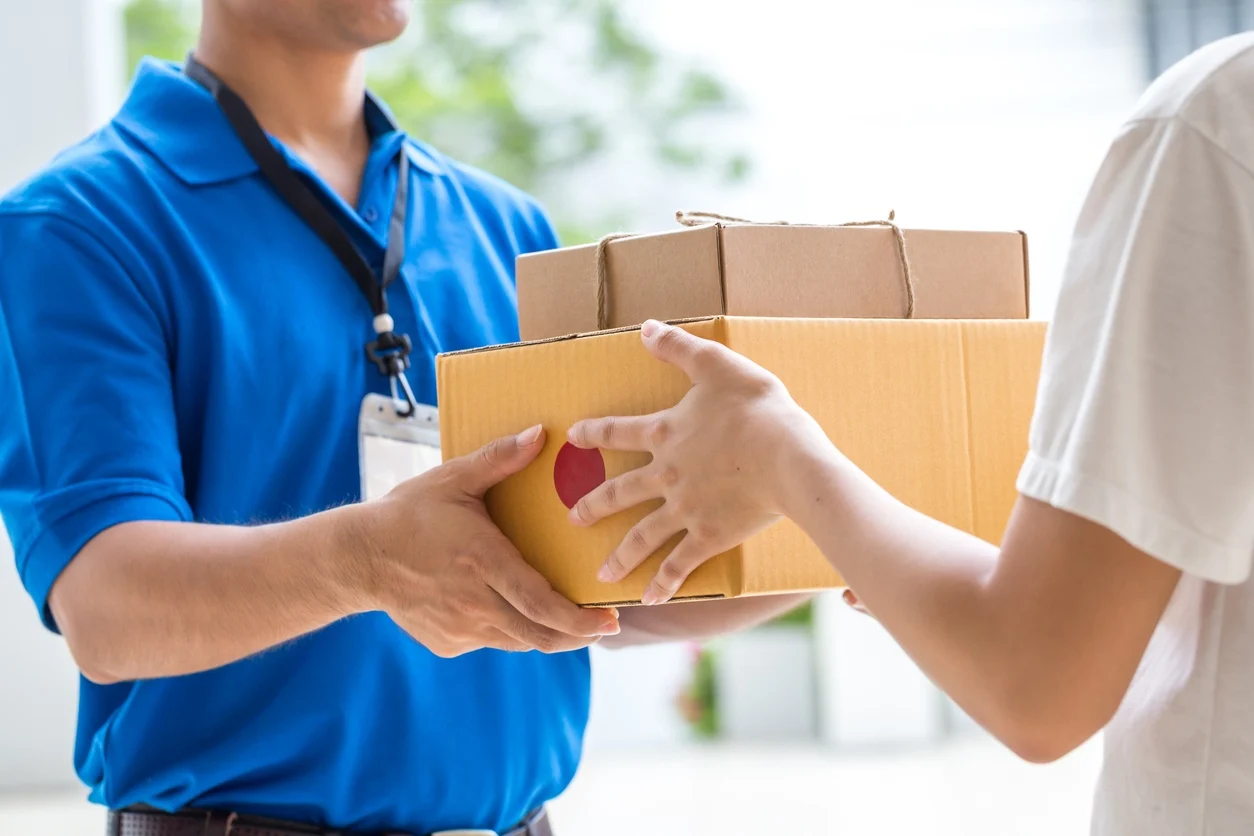Delivering Wellness: The Revolutionary Impact of Medicine Home Delivery on Healthcare

In recent years, the landscape of healthcare has witnessed a significant transformation with the advent of medicine home delivery services. The traditional model of visiting a brick-and-mortar pharmacy is evolving, giving way to a more convenient and patient-centric approach. This article delves into the revolutionary impact of medicine home delivery on healthcare, exploring how this innovative service is reshaping the way we access and experience medical treatments.
The Evolution of Healthcare Delivery
A Paradigm Shift in Patient-Centric Care
Historically, patients have navigated the challenges of picking up prescriptions from pharmacies, often facing long queues, transportation issues, and potential delays. Medicine home delivery services mark a paradigm shift towards patient-centric care by bringing healthcare directly to the doorstep. This evolution not only enhances convenience but also fosters a more patient-friendly approach to treatment.
The Rise of Digital Health Platforms
The proliferation of digital health platforms has played a pivotal role in the evolution of healthcare delivery. Medicine home delivery leverages these platforms, allowing patients to order medications online and manage their prescriptions with just a few clicks. This shift to digital not only streamlines the process but also opens up new avenues for patient engagement and education.
Convenience Redefined: Navigating the Digital Pharmacy
Seamless Online Ordering and Prescription Management
One of the key advantages of medicine home delivery is the seamless online ordering experience. Patients can easily browse medications, place orders, and manage their prescriptions through user-friendly websites or mobile applications. This convenience is particularly impactful for individuals with mobility issues or those residing in remote areas with limited access to traditional pharmacies.
Automated Refill Systems for Enhanced Adherence
To further enhance medication adherence, many home delivery services offer automated refill systems. Patients on chronic medications can opt for automatic refills, ensuring a continuous supply of essential medications without the need for manual reordering. This automated approach minimizes the risk of interruptions in treatment and fosters better adherence to prescribed regimens.
Personalized Packaging and Patient Education
Beyond the digital realm, medicine home delivery services focus on personalizing the patient experience. Medications are often packaged according to dosage schedules, making it easier for patients to follow their prescribed regimens. Additionally, these services provide comprehensive patient education materials, empowering individuals to understand their medications, potential side effects, and the importance of adherence.
Enhancing Medication Adherence and Health Outcomes
Addressing Adherence Challenges in Chronic Conditions
Medication adherence is a longstanding challenge in healthcare, especially among those managing chronic conditions. Medicine home delivery directly addresses this challenge by simplifying the process of obtaining medications. The convenience of doorstep delivery reduces barriers to adherence, resulting in improved health outcomes for patients managing conditions such as diabetes, hypertension, and cardiovascular diseases.
Remote Monitoring and Telehealth Consultations
Beyond the delivery of medications, some home delivery services integrate remote monitoring and telehealth consultations into their offerings. This innovative approach allows healthcare providers to monitor patients’ health remotely and conduct virtual consultations. For individuals with chronic illnesses, this continuous connection with healthcare professionals contributes to proactive management, early intervention, and personalized care.
Psychological Well-being and Patient Empowerment
The impact of medicine home delivery extends beyond physical health to psychological well-being. The assurance of receiving medications regularly, without the stress of pharmacy visits, contributes to a sense of security and peace of mind. Patients feel empowered and in control of their healthcare journey, fostering a positive mindset that can positively influence overall well-being.
Ensuring Safety and Overcoming Challenges
Ensuring Medication Security and Tamper-Proof Packaging
Safety is paramount in healthcare, and medicine home delivery services prioritize secure and tamper-proof packaging. Rigorous measures are implemented to ensure that medications reach patients in the same condition as they leave the pharmacy, mitigating the risks associated with tampering or contamination.
Prescription Verification and Authorization Protocols
To guarantee the right medications reach the right individuals, home delivery services implement robust prescription verification and authorization protocols. These steps add an extra layer of safety to the entire medication delivery process, ensuring that patients receive the correct medications prescribed by their healthcare providers.
Future Directions and the Changing Face of Healthcare
Technological Advancements and Accessibility
As technology continues to advance, there is a need to address potential barriers that may limit access to medicine home delivery services. Providers must focus on developing user-friendly interfaces, incorporating accessibility features, and offering support options to ensure that individuals of all ages and technological proficiencies can benefit from this revolutionary healthcare model.
Collaborations with Traditional Healthcare Providers
The integration of medicine home delivery into the broader healthcare ecosystem is essential for maximizing its impact. Collaborations between delivery services and traditional healthcare providers can streamline information sharing, enhance treatment coordination, and contribute to a more holistic approach to patient care.
Regulatory Frameworks and Standards
As medicine home delivery gains popularity, establishing clear regulatory frameworks and standards becomes imperative. These guidelines should address safety, efficacy, and legal considerations to build trust among patients and healthcare professionals, ultimately fostering widespread acceptance and adoption of this innovative healthcare solution.
Conclusion
Medicine home delivery is not merely a logistical convenience; it is a revolutionary force reshaping the landscape of healthcare delivery. By prioritizing patient-centric care, enhancing convenience, and leveraging digital technologies, this innovative service has the potential to significantly improve medication adherence, health outcomes, and overall well-being.
As we navigate the changing face of healthcare, medicine home delivery stands as a beacon of progress, offering a glimpse into a future where healthcare is not just accessible but delivered with unprecedented convenience and patient empowerment.




